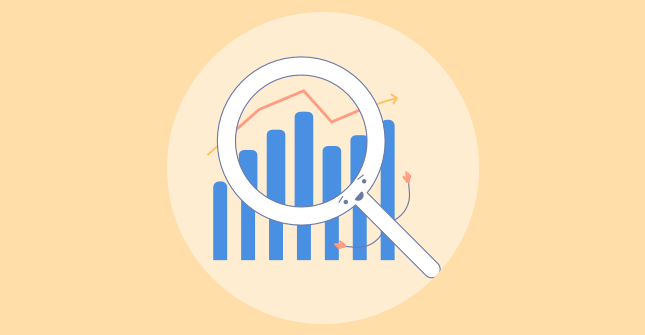In today’s highly competitive business landscape, conducting effective market research is crucial for organizations to understand their target audience, gain insights about market trends, and make informed business decisions. With the advancements in technology, numerous market research tools have emerged, offering valuable features and functionalities to streamline the research process. In this article, we will explore some notable market research tools examples that can help businesses gather data, analyze trends, and stay ahead in their respective industries.
Top 13 Market Research Tools Examples For 2023
Market research plays a vital role in understanding consumer behavior, identifying market trends, and developing effective marketing strategies. By utilizing various market research tools, businesses can access real-time data, gain valuable insights, and make data-driven decisions. Let’s explore some popular market research tools examples and their unique functionalities.
1. Google Trends: Uncover Search Trends
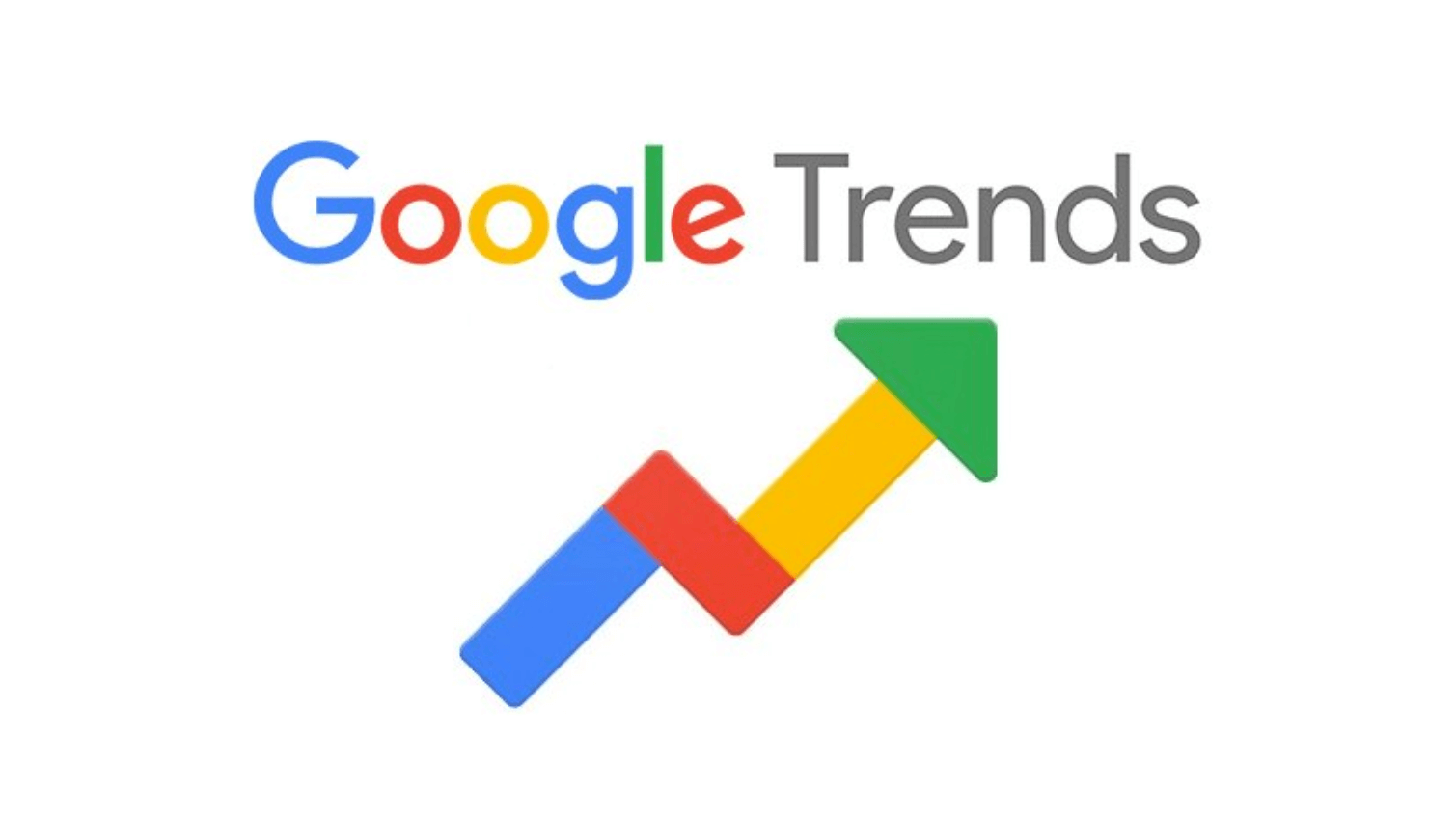
Google Trends is a powerful tool that provides insights into search trends and helps businesses understand what people are searching for online. It allows users to explore popular search queries, compare keyword popularity, and identify emerging trends. With Google Trends, businesses can stay updated with the latest industry interests, optimize their content strategy, and target relevant keywords to enhance their online visibility.
2. SurveyMonkey: Gather Customer Feedback
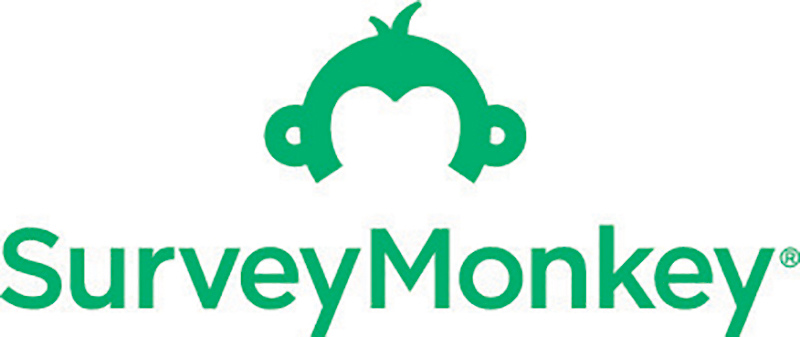
SurveyMonkey is a widely used survey tool that enables businesses to create and distribute surveys to gather customer feedback. It offers a user-friendly interface, a wide range of question types, and customizable survey templates. By collecting valuable insights directly from their target audience, businesses can understand customer preferences, identify areas for improvement, and make data-backed decisions to enhance their products or services.
3. SEMrush: Analyze Competitor Data
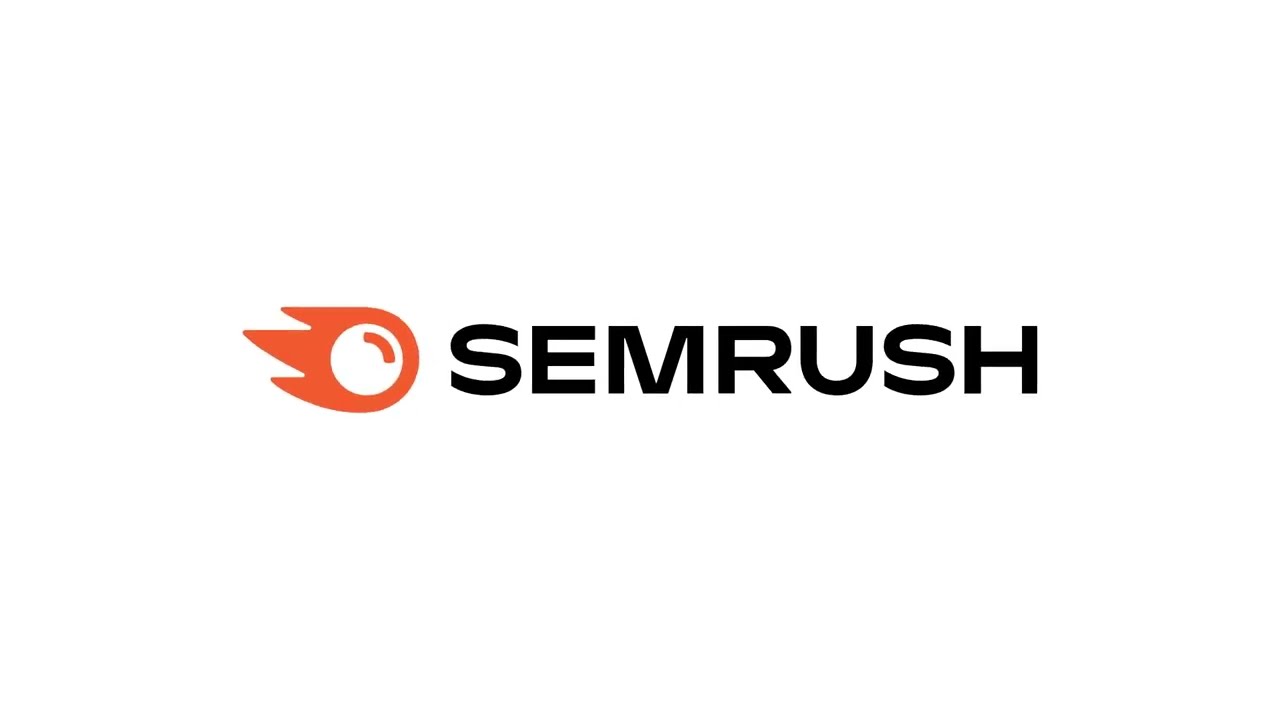
SEMrush is an all-in-one marketing tool that provides comprehensive competitor analysis. It offers features such as organic research, keyword tracking, backlink analysis, and social media monitoring. By utilizing SEMrush, businesses can gain valuable insights into their competitors’ strategies, identify untapped opportunities, and optimize their marketing campaigns for better performance.
4. Social Mention: Monitor Social Media
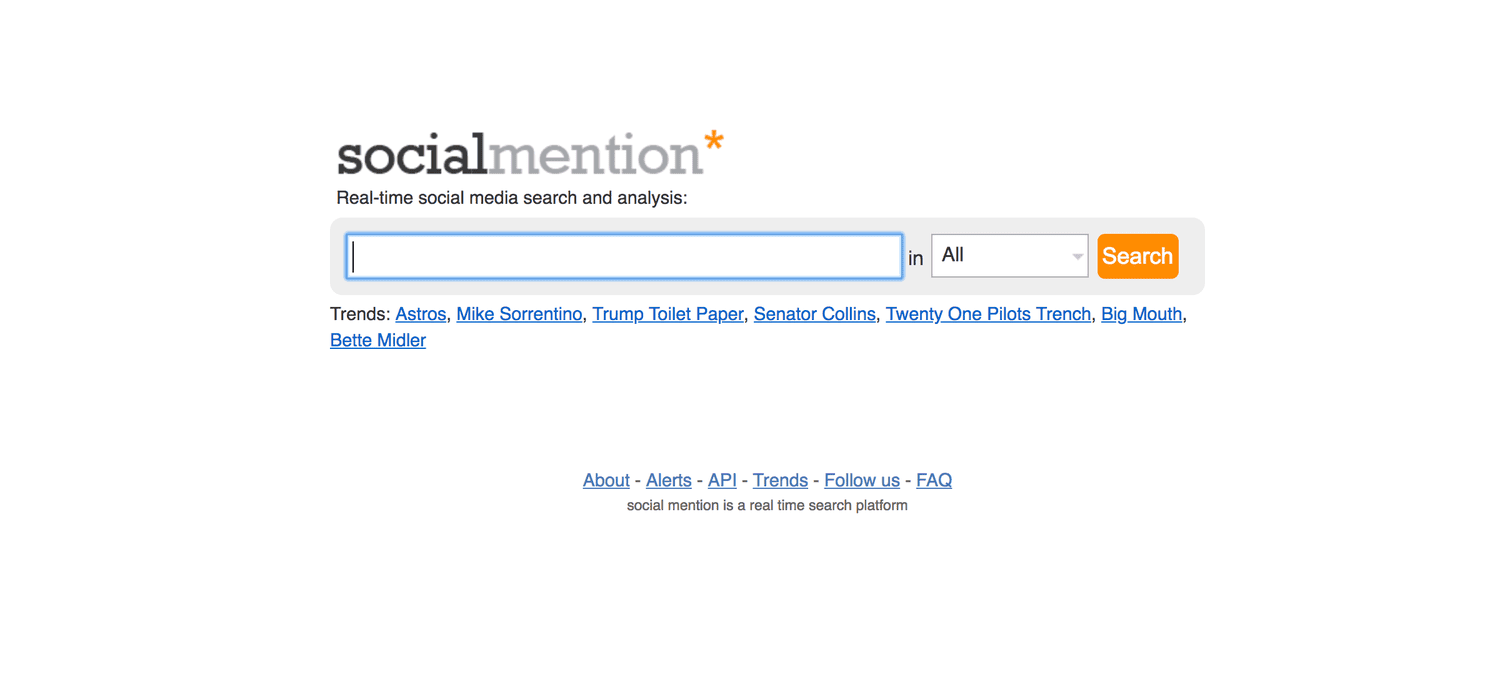
Social Mention is a social media monitoring tool that allows businesses to track brand mentions, hashtags, and keywords across various social media platforms. It provides real-time data on social media sentiment, reach, and engagement. By monitoring social media conversations, businesses can understand customer perceptions, identify influencers, and proactively engage with their target audience.
5. BuzzSumo: Identify Trending Content
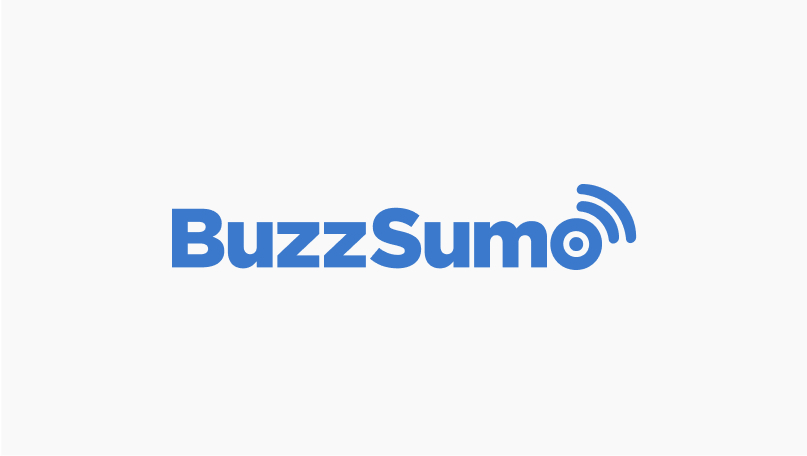
BuzzSumo is a content discovery tool that helps businesses identify the most popular and engaging content in their industry. It allows users to search for specific topics or domains and provides insights into the content’s social media engagement, backlinks, and overall performance. By analyzing trending content, businesses can gain inspiration, identify content gaps, and create impactful content to attract their target audience.
6. Qualtrics: Conduct Comprehensive Surveys
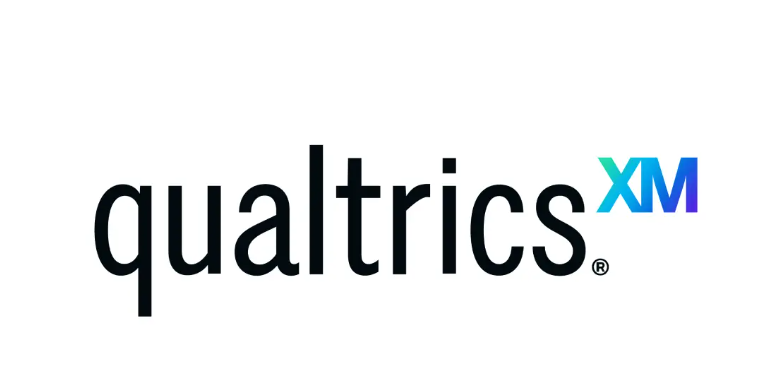
Qualtrics is a comprehensive survey platform that enables businesses to conduct in-depth research and gather qualitative and quantitative data. It offers advanced survey features, including skip logic, branching, and multilingual support. With Qualtrics, businesses can design complex surveys, analyze data in real time, and derive meaningful insights to drive strategic decision-making.
7. Google Analytics: Track Website Performance

Google Analytics is a web analytics tool that provides detailed insights into website performance. It tracks various metrics such as website traffic, user behavior, conversion rates, and audience demographics. By analyzing these metrics, businesses can understand how users interact with their websites, identify areas for improvement, and optimize their online presence for better user experience and conversion rates.
8. Hotjar: Visualize User Behavior
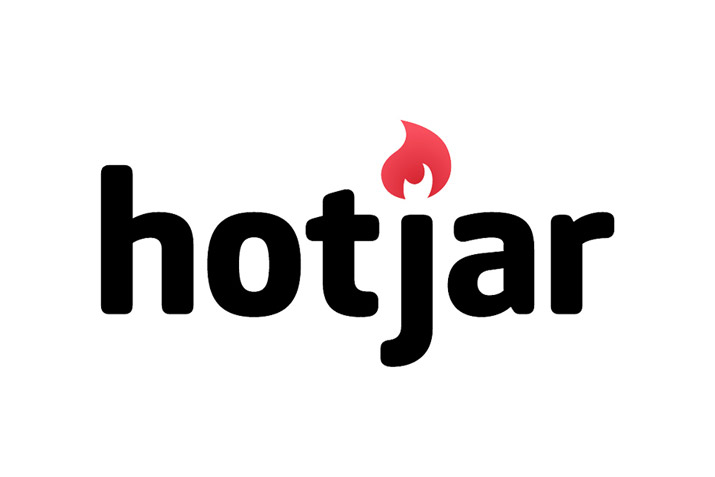
Hotjar is a user behavior analytics tool that helps businesses understand how visitors interact with their website through heatmaps, session recordings, and feedback polls. It provides visual representations of user behavior, highlighting areas of interest, and potential pain points. By visualizing user behavior, businesses can optimize their website design, improve user experience, and increase conversions.
9. Ahrefs: Explore SEO Opportunities

Ahrefs is a comprehensive SEO toolset that offers features such as keyword research, backlink analysis, competitor analysis, and content exploration. It helps businesses improve their organic search rankings, identify valuable keywords, and optimize their website’s visibility in search engine results. By leveraging Ahrefs, businesses can develop effective SEO strategies and drive targeted organic traffic to their website.
10. AIM Insights: Monitor Brand Reputation

AIM Insights is a social listening and analytics tool that enables businesses to monitor their brand reputation across social media and online platforms. It provides insights into brand sentiment, customer opinions, and emerging trends. By monitoring brand mentions and customer feedback, businesses can proactively manage their brand reputation, address customer concerns, and make strategic improvements to their products or services.
11. Mention: Track Online Mentions

Mention is a media monitoring tool that helps businesses track online mentions of their brand, competitors, or relevant keywords. It provides real-time alerts and detailed analytics to help businesses stay updated on industry conversations and track their online presence. By monitoring online mentions, businesses can identify potential opportunities, address customer feedback, and engage with their target audience effectively.
12. Tableau: Visualize Data Insights

Tableau is a powerful data visualization tool that allows businesses to create interactive and visually appealing dashboards and reports. It helps transform complex data into actionable insights, making it easier for businesses to understand and communicate key findings. With Tableau, businesses can present data in a visually engaging manner, uncover patterns, and facilitate data-driven decision-making.
13. Typeform: Create Interactive Surveys
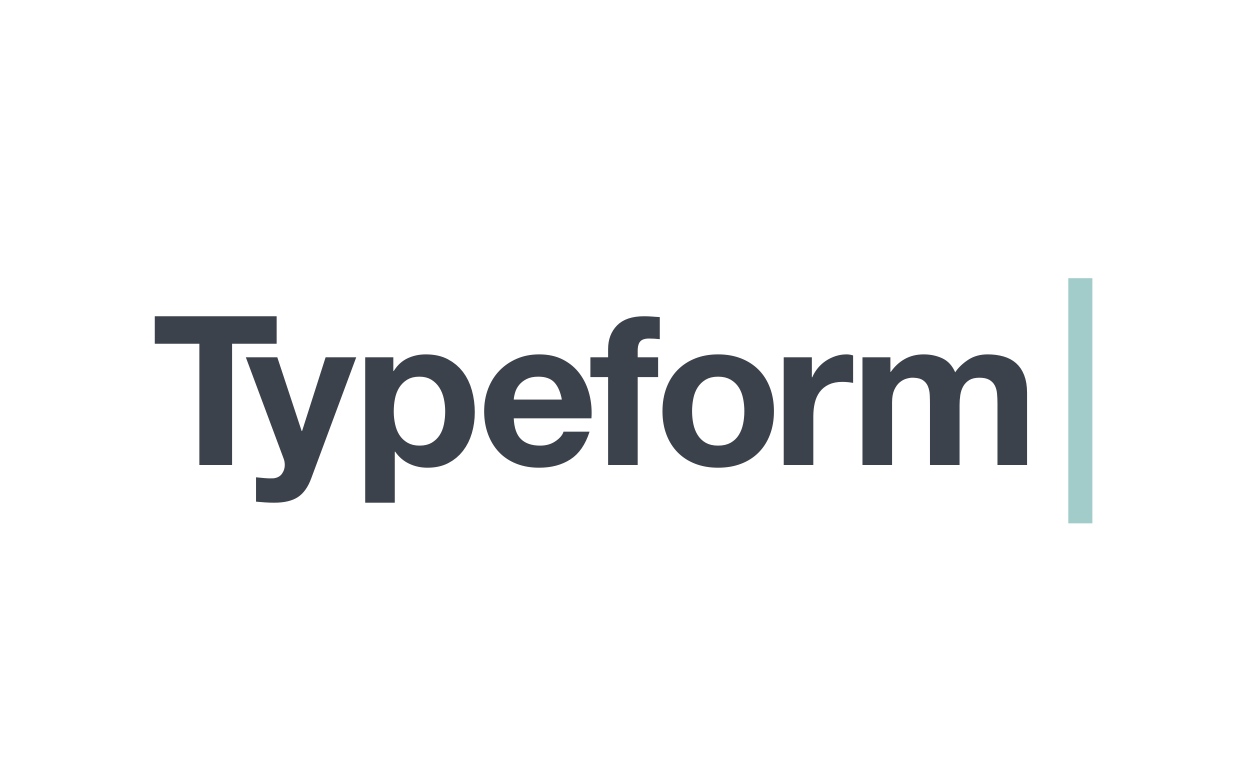
Typeform is an online survey tool that offers a visually appealing and interactive survey experience. It allows businesses to create engaging surveys with features such as conditional logic, multimedia content, and custom branding. By utilizing Typeform, businesses can gather feedback, conduct market research, and collect data in a user-friendly and interactive manner.
Case Studies and Influencer Quotes
In today’s business environment, leveraging cutting-edge market research tools has allowed companies to achieve unprecedented success by understanding their audiences and staying ahead of competitors. Let’s look at some case studies and relevant quotes that underscore the power of these tools.
1. Google Trends Case Study: Breaking into New Markets
A small apparel brand in Europe used Google Trends to identify rising interest in sustainable fashion. By pinpointing emerging search queries around “eco-friendly clothing” and “organic materials,” they restructured their marketing campaigns to tap into this trend. Within six months, they expanded into three new markets, boosting their organic traffic by 70%.
Influencer Quote: “Google Trends is the game-changer for any brand looking to ride the next big wave. It’s like having a crystal ball for consumer intent.” — Neil Patel, Digital Marketing Expert
2. SEMrush Case Study: Crushing Competitors in the Digital Space
An e-commerce company selling electronic gadgets was lagging behind its competitors. Using SEMrush, they identified high-traffic, low-competition keywords and optimized their content accordingly. Additionally, they discovered gaps in their competitors’ backlink profiles. Over 12 months, their organic search traffic grew by 300%, positioning them as a leading player in their industry.
Influencer Quote: “SEMrush has revolutionized competitor analysis. It helps brands see what’s working and, more importantly, what’s not, so they can capitalize on missed opportunities.” — Rand Fishkin, Founder of Moz
3. SurveyMonkey Case Study: Redefining Customer Experience
A SaaS company used SurveyMonkey to gather in-depth customer feedback on their user experience. By acting on survey results, they made key improvements to their software’s user interface, resulting in a 20% increase in user retention within six months.
Influencer Quote: “SurveyMonkey is the perfect tool for anyone who cares about what their customers think. It turns feedback into actionable insights in minutes.” — Marie Haynes, SEO and UX Consultant
4. Hotjar Case Study: Increasing Conversions
A leading online fashion retailer utilized Hotjar to track user interactions on their website through heatmaps and session recordings. They discovered critical bottlenecks in their checkout process, which were then optimized. This resulted in a 35% improvement in checkout conversions, contributing to record-breaking sales during the holiday season.
Influencer Quote: “Want to know where your website is leaking money? Hotjar is the tool that makes user behavior data as clear as daylight.” — Brian Dean, Founder of Backlinko
5. BuzzSumo Case Study: Viral Content Strategy
A content marketing agency used BuzzSumo to find viral topics in the tech space. They replicated the style of top-performing articles and videos, which led to one of their blog posts being shared over 100,000 times on social media, breaking their record for content reach.
Influencer Quote: “BuzzSumo shows you what’s working RIGHT NOW. It’s essential for anyone serious about producing content that gets shared.” — Ann Handley, Author and Marketing Influencer
6. Qualtrics Case Study: Nailing Product Development
A tech startup conducted thorough product research using Qualtrics to gather qualitative feedback on a new app feature. With the insights gained, they fine-tuned the feature and launched to great success, attracting 50,000 new users in just three months.
Influencer Quote: “Qualtrics takes surveys to another level with its powerful capabilities for understanding human emotions and needs.” — Simon Sinek, Author and Motivational Speaker
7. Ahrefs Case Study: Dominating SEO
A health and wellness blog leveraged Ahrefs to identify profitable keywords in their niche and improve their backlink strategy. Over the course of 18 months, their website traffic increased fivefold, propelling them into the top 1% of their industry’s content creators.
Influencer Quote: “If you want to dominate SEO, Ahrefs is the secret weapon you need in your toolkit.” — Larry Kim, Founder of MobileMonkey
8. Tableau Case Study: Driving Data-Backed Decisions
A multinational corporation used Tableau to visualize complex sales data across different regions. The intuitive dashboards helped them spot a hidden trend in underperforming markets, allowing them to swiftly address the issue and recover lost revenue. The result was a 15% growth in global sales.
Influencer Quote: “Tableau turns data into stories that anyone can understand. It’s an essential tool for making data-driven decisions.” — Ben Lorica, Data Scientist and AI Researcher
9. Typeform Case Study: Redesigning Customer Surveys
A fintech startup used Typeform to create engaging surveys for their customers. With a fun, interactive format, they boosted response rates by 40% compared to previous methods, helping them quickly gather data to improve their services.
Influencer Quote: “Typeform’s design keeps users engaged from start to finish. It’s like the Netflix of surveys—people actually enjoy filling them out.” — Seth Godin, Author and Marketing Expert
Conclusion
In conclusion, market research tools examples have revolutionized the way businesses gather and analyze data. By utilizing these tools effectively, organizations can gain a competitive edge, understand customer needs, and make informed decisions. The examples provided in this article are just a glimpse of the vast array of market research tools available. Businesses must explore and adopt the tools that align with their specific requirements and goals.
If you’re ready to take your market research efforts to the next level and unlock the full potential of these tools, we invite you to request a demo from AIM Technologies. Experience firsthand how our advanced market research platform can transform your business insights and help you stay ahead in today’s competitive landscape. Don’t miss out on the opportunity to harness the power of data-driven decision-making.
FAQs
Q1: Are these market research tools suitable for all businesses?
- Yes, these tools can be used by businesses of various sizes and industries. However, the specific tool selection may depend on the business’s goals, target audience, and research requirements.
Q2: Are these tools expensive to use?
- The cost of market research tools varies depending on the features and functionalities offered. Some tools offer free versions with limited features, while others require a subscription or payment for advanced functionalities.
Q3: Can I use multiple market research tools simultaneously?
- Yes, businesses often use a combination of market research tools to gather comprehensive insights. It is common to integrate different tools to leverage their respective strengths and optimize the research process.
Q4: How can market research tools benefit my business?
- Market research tools provide valuable insights that can help businesses understand their customers, identify market trends, improve products or services, and make data-driven decisions for sustainable growth.
Q5: How frequently should I conduct market research using these tools?
- The frequency of market research depends on various factors such as industry dynamics, business goals, and market trends. It is recommended to conduct research periodically or whenever there are significant changes in the market environment.
